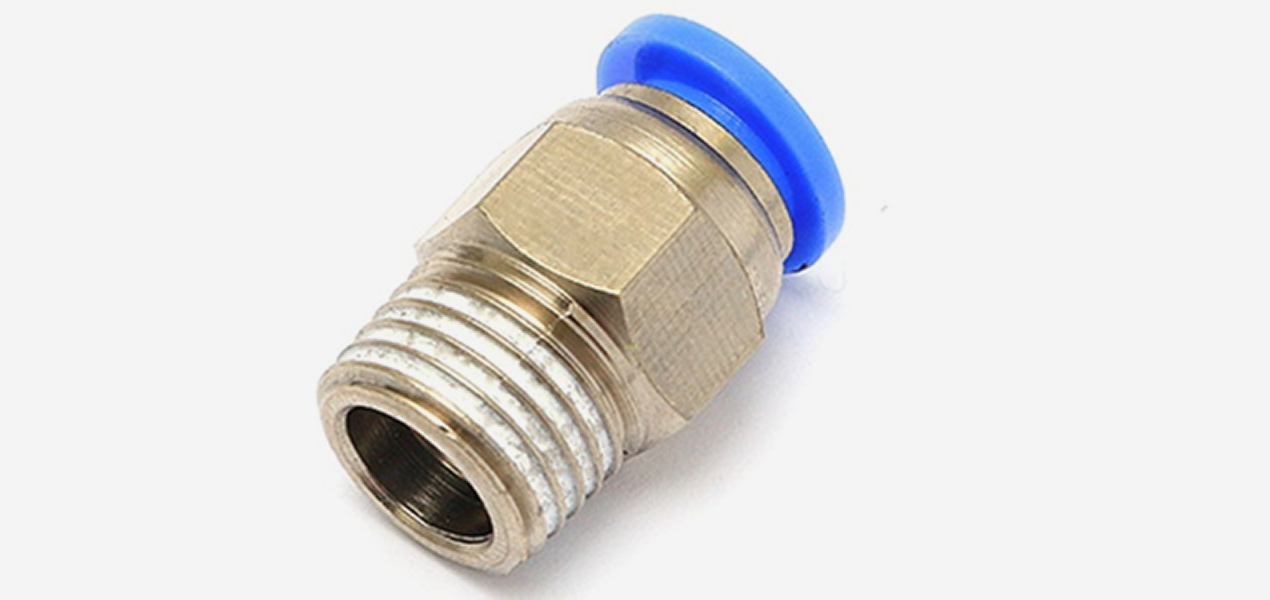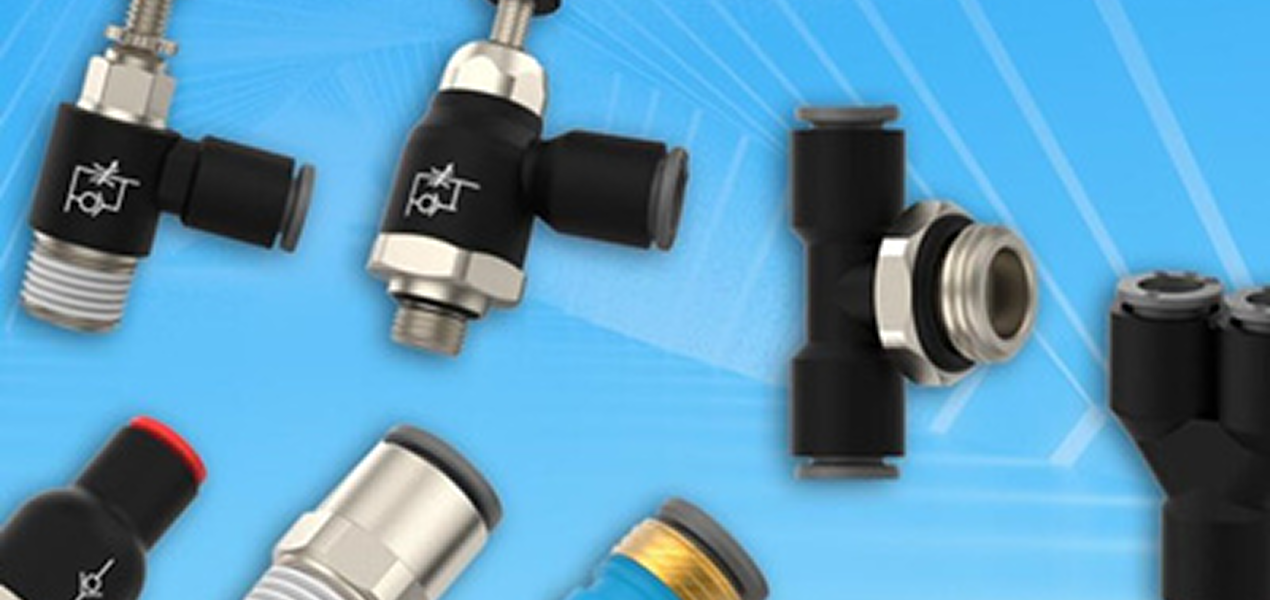Structure and assembly method of threaded quick-connect fittings
Home ✦
Latest News ✦
Structure and assembly method of threaded quick-connect fittings

Structure and assembly method of threaded quick-connect fittings
The threaded quick-connect fitting is a commonly used pipe connector. Connecting and cutting pipes is its important function. It has a simple structure and is easy to use. It is widely used in mechanical engineering, petrochemical and other fields. If you can understand its structure and assembly method, it will be beneficial to its value.
The threaded quick-connect fitting is mainly composed of a plug and a socket. The socket includes an internal thread sleeve, an O-ring, a retaining ring, a pulley and a conical sealing surface; the plug includes an external thread, a sealing nut, an O-ring, an anti-axial tension ring and a retaining ring. When using the fitting, the plug and the socket can be quickly connected and tightly sealed through the thread, and can also be quickly separated.
The assembly method of the joint is roughly divided into the following steps:
First, check and clean the surface and internal aperture of the connector to confirm that there is no damage and impurities to ensure safe use.
Secondly, the plug and socket should be correctly matched and the sealing nut should be screwed on, being careful not to exceed the specified torque to avoid damage.
The third step is to rotate the plug clockwise until the anti-axial tension ring of the plug contacts the retaining ring of the socket.
Step 4. When the plug is rotated clockwise into place, tighten the nut to ensure a tight connection.
The fifth step is to conduct a sealing test to ensure that the sealing performance of the threaded quick-connect connector meets the requirements.
When assembling threaded quick-connect fittings, please note the following:
Avoid excessive force: During assembly, avoid applying excessive force to avoid damaging the threads or seals.
Pay attention to the choice of lubricant: Use suitable lubricant to ensure smooth assembly process and improve sealing performance.
Regular inspection: Regularly check the connection of the threaded quick-connect fitting to ensure that the connection is firm and the sealing performance is good.
Pay attention to safety: When operating the hydraulic system, pay attention to safety to ensure that the operator will not be accidentally injured.
The advantages of the connector are that it is easy to operate, compact in structure, and has good sealing performance. It is widely used in various occasions. In addition, this type of pipe connection element can be freely combined according to specific usage needs and industry standards. Especially in high pressure and high temperature environments, the advantages of threaded quick-plug connectors are more obvious.
The threaded quick-connect fitting has a simple structure, is easy to use, and can meet a variety of requirements. It is a relatively common component in pipeline connections. Through correct installation and use methods, its advantages can be effectively brought into play, allowing us to better complete various work tasks.
The threaded quick-connect fitting is mainly composed of a plug and a socket. The socket includes an internal thread sleeve, an O-ring, a retaining ring, a pulley and a conical sealing surface; the plug includes an external thread, a sealing nut, an O-ring, an anti-axial tension ring and a retaining ring. When using the fitting, the plug and the socket can be quickly connected and tightly sealed through the thread, and can also be quickly separated.
The assembly method of the joint is roughly divided into the following steps:
First, check and clean the surface and internal aperture of the connector to confirm that there is no damage and impurities to ensure safe use.
Secondly, the plug and socket should be correctly matched and the sealing nut should be screwed on, being careful not to exceed the specified torque to avoid damage.
The third step is to rotate the plug clockwise until the anti-axial tension ring of the plug contacts the retaining ring of the socket.
Step 4. When the plug is rotated clockwise into place, tighten the nut to ensure a tight connection.
The fifth step is to conduct a sealing test to ensure that the sealing performance of the threaded quick-connect connector meets the requirements.
When assembling threaded quick-connect fittings, please note the following:
Avoid excessive force: During assembly, avoid applying excessive force to avoid damaging the threads or seals.
Pay attention to the choice of lubricant: Use suitable lubricant to ensure smooth assembly process and improve sealing performance.
Regular inspection: Regularly check the connection of the threaded quick-connect fitting to ensure that the connection is firm and the sealing performance is good.
Pay attention to safety: When operating the hydraulic system, pay attention to safety to ensure that the operator will not be accidentally injured.
The advantages of the connector are that it is easy to operate, compact in structure, and has good sealing performance. It is widely used in various occasions. In addition, this type of pipe connection element can be freely combined according to specific usage needs and industry standards. Especially in high pressure and high temperature environments, the advantages of threaded quick-plug connectors are more obvious.
The threaded quick-connect fitting has a simple structure, is easy to use, and can meet a variety of requirements. It is a relatively common component in pipeline connections. Through correct installation and use methods, its advantages can be effectively brought into play, allowing us to better complete various work tasks.



